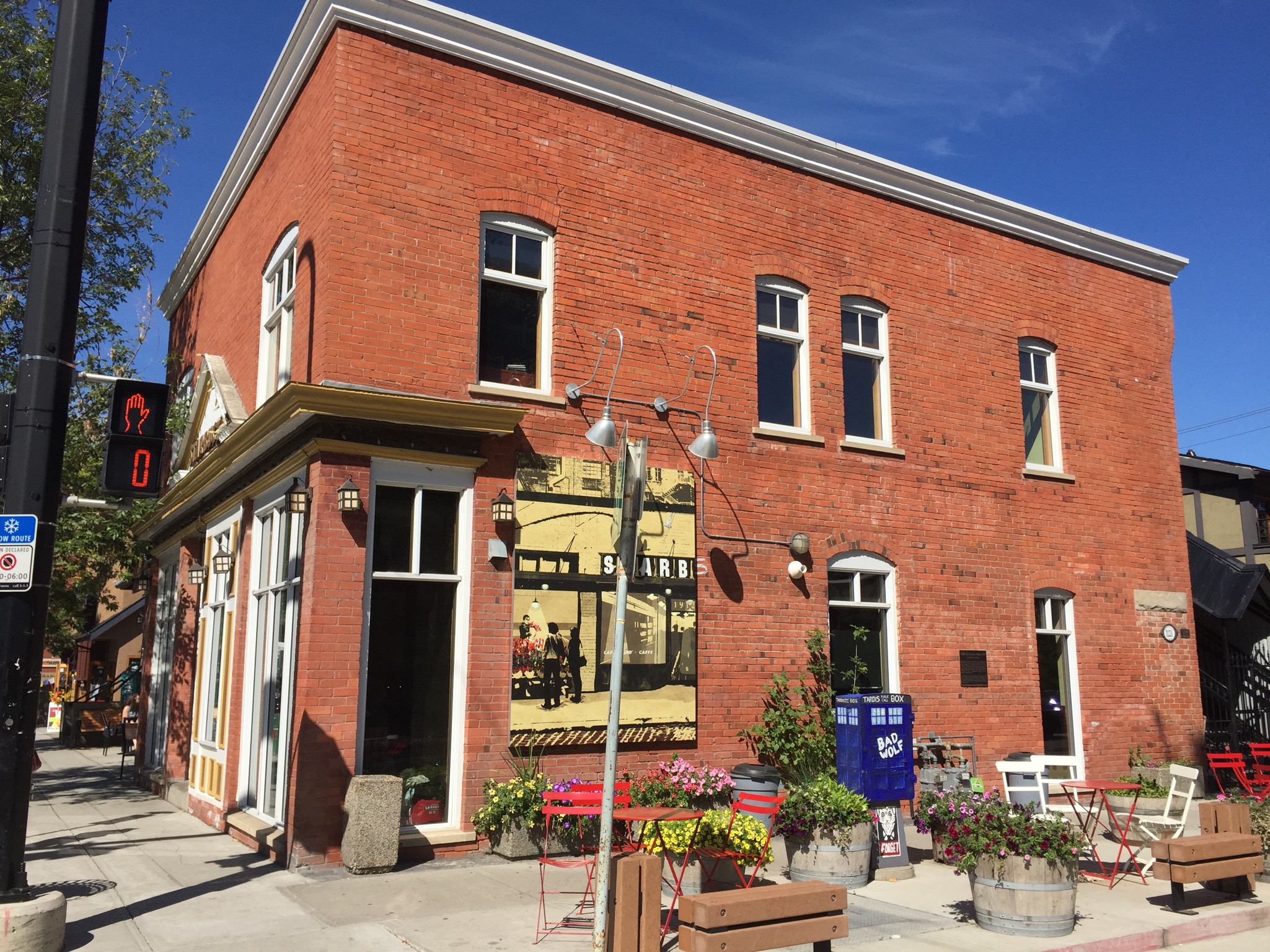During public engagement on most redevelopment projects, the issue of ‘ever increasing’ commercial lease rates is a common discussion topic. To state that profitability is the only driving factor behind commercial lease rates is inaccurate: many factors affect the market-offered rates. The recent City budget, subsequent impact on property taxes and economic market pressures in our City are currently reducing commercial leasing rates even as the economy appears to be feeling a soft recovery.
Often, in an effort to mitigate gentrification in an area, the demand for landlords to reduce or freeze commercial leasing rates is a commonly sighted solution. The need to replace deteriorating buildings and infrastructure, increase density in established areas and provide new consumers for local businesses to thrive will always result in gentrification. This begs the question: is gentrification even a bad thing?
Communities grow and change, and the demographics of the community change over time as well. As the oldest communities rejuvenate and find ways to reinvent themselves into attractive locations once again, home and commercial land values increase and the cost to live in the areas increases. Middle-aged communities begin to see families moving out further to new, cheaper communities, and seek to increase their density/populations through affordable infills. With these changes come demographic changes as the type and scale of homes in the area changes.

In an attempt to address the ‘all landlords are greedy’ argument regarding commercial leasing rates, understanding the pressures that impact lease rates is important. Both increasing and decreasing pressures affect the rate a landlord seeks in any marketplace:
Pressures that Increase Lease Rates:
- Profitability is the primary drive for any capitalist economy. Just as you would sell your personal property to the highest bidder, for the most profit, so will any land owner seek to maximize profitability. So yes, making money is, of course, one of many factors impacting lease rates. In addition, investments in new or redeveloped projects will not be made if they cannot show a reasonable return on investment. The quality of the tenants (type A) and the tenant’s rental rates and leases directly affect the valuation (what it’s worth) of the property.
- Demand – More attractive locations with lots of amenities and parking access increase lease rates. As vacancy rates drop, the increased demand for leasable space allows landlords to increase the lease rates for the limited available spaces in a high-demand area.
- Location, location, location – In higher-volume locations, lease rates are higher as foot traffic and visibility result in access to potential customers and increased sales. For example, rear-of-building and second floor locations are always cheaper, but also harder for retailers to make work as they lose visibility and foot traffic.
- Uses – The type of space being leased affects the lease amount: restaurants, financial institutions and high-traffic franchise-attracting spaces will increase leasable rates.
- Tenant Improvement/Incentives – The rent that a landlord can achieve is also impacted by the amount of tenant improvement/incentives that it offers with a lease. If a landlord offers a higher incentive to the tenant, then that should increase the amount of base rent that a tenant would be expected to pay. The opposite is also true, if the landlord has very little upfront cost, then the landlord may accept a lower lease rate.
- Financing – If a building is largely financed, the need to cover financing costs can cause landlords to keep their lease rates high as possible to meet financing costs even in a down-turned market. This can also work to the opposite effect: a landlord may become desperate enough to decrease rates in order to retain tenants or compete for tenants, for risk of loss of tenant and a high vacancy % which may result in the inability to meet loan payments.
Pressures that Decrease Lease Rates:
- Market Rates & Economy – In our down-turned economy, with high vacancy rates, the market rate for leasing everywhere drops. In a free marketplace, landlords will reduce their lease rates to stay competitive. A low-return leased space means less loss over time than an empty high-lease space with no tenant but continued operating cost losses.
- Supply & Vacancy – As vacancy rates climb, landlords compete with each other through rate reductions and incentives to attract and retain tenants.
- Tenant Mix – Landlords often seek to balance out their uses/types of businesses in their buildings. This results in a combination of lease rates among tenants (start-ups, franchises, established businesses, retail types, etc.) creating an attractive combination of tenants in a building.
- Altruism – Tied to tenant mix, is the the notion of altruism: To varying degrees, long-time landlords will offer reduced lease amounts as incentive, or to support, start-ups and small-businesses in their buildings. During recessions leases are sometimes renegotiated or abated to support the continued success and tenancy of long-term tenants.
- Property Taxes – City of Calgary property taxes make approximately 40% of the operating costs for a building (but this varies by building). Prudent landlords must be diligent and carefully review and dispute their property taxes to keep operating costs lower, however as property taxes rise, landlords often must drop lease rates to stay competitive in the market as potential tenants look at the overall total cost to operate in a space.
- Type of Tenant – When seeking to attract and retain ‘Type A’ tenants, landlords will offer decreased lease rates to be competitive. Type A tenants such as banks and major chains as tenants help landlords when financing and valuing a building. This is due to the perceived lower risk of a type A tenant with a strong covenant.
Setting market rates for commercial leasing is complex. Often, landlords don’t have direct access to market data and have to set their rates through trial and error of offerings to the market. If a space remains vacant for too long, rates are lowered to attract a tenant. In new and Class A buildings, the attractiveness of a prime space allows increasing lease rates, however other factors pressure the market rate down.
